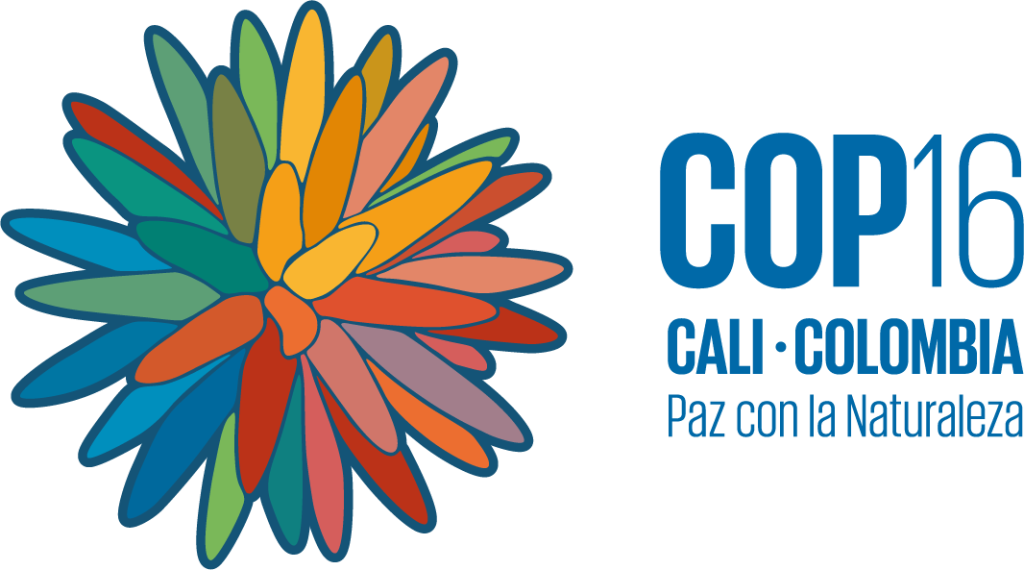
Santiago de Cali was founded on July 25, 1536, by the Spaniard Sebastián de Belalcázar, who arrived in America on Christopher Columbus’s third voyage.
This makes it one of the oldest cities not only in Colombia but also on the American continent.
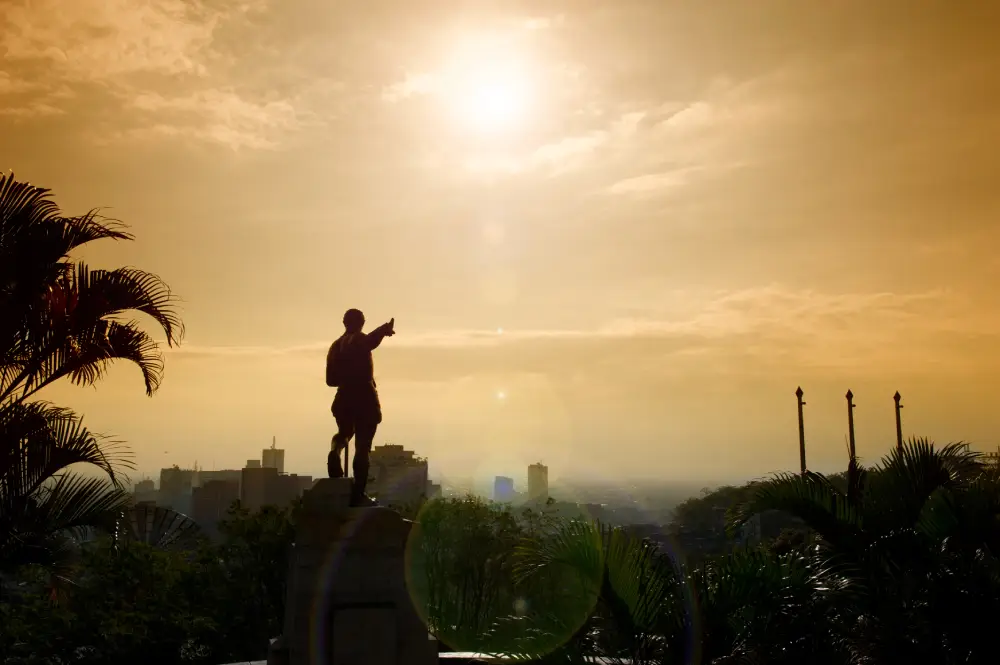
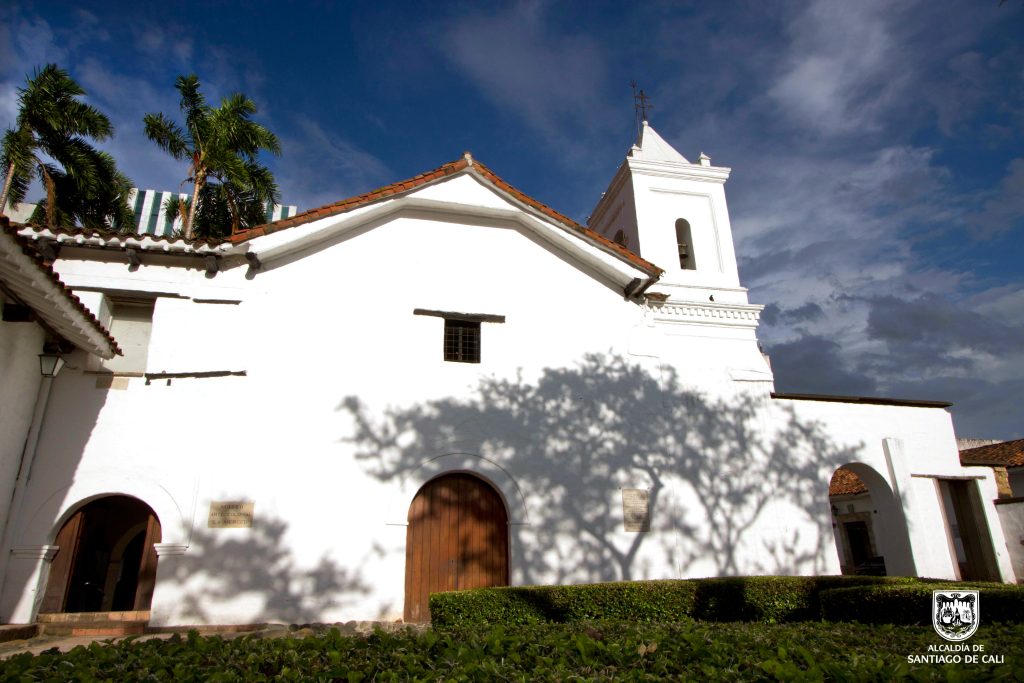
The first mass in the city was celebrated by Chaplain Fray Santos de Añasco at the site now occupied by the La Merced church. Historical records indicate that the first municipal authority was Pedro de Ayala.
Throughout its history, Cali, the capital of the Valle del Cauca department, has been fundamental to the development and growth of the country, so much so that it was a precursor in Colombia’s independence from the Spanish crown.
Cali has been a resilient city, overcoming tragic events such as the explosion on August 7, 1956, which marked a before and after in its destiny.
The city rose like a phoenix with the creation of the Cali Fair, which has been held annually since 1958 and is widely recognized internationally.
The staging of the I Pan American Games in 1971 also built a gigantic bridge in achieving this goal.
During all this, the explosion of salsa as an identifying rhythm and the arrival of people from other places made Cali a city with multiple nuances and a rich cultural variety.
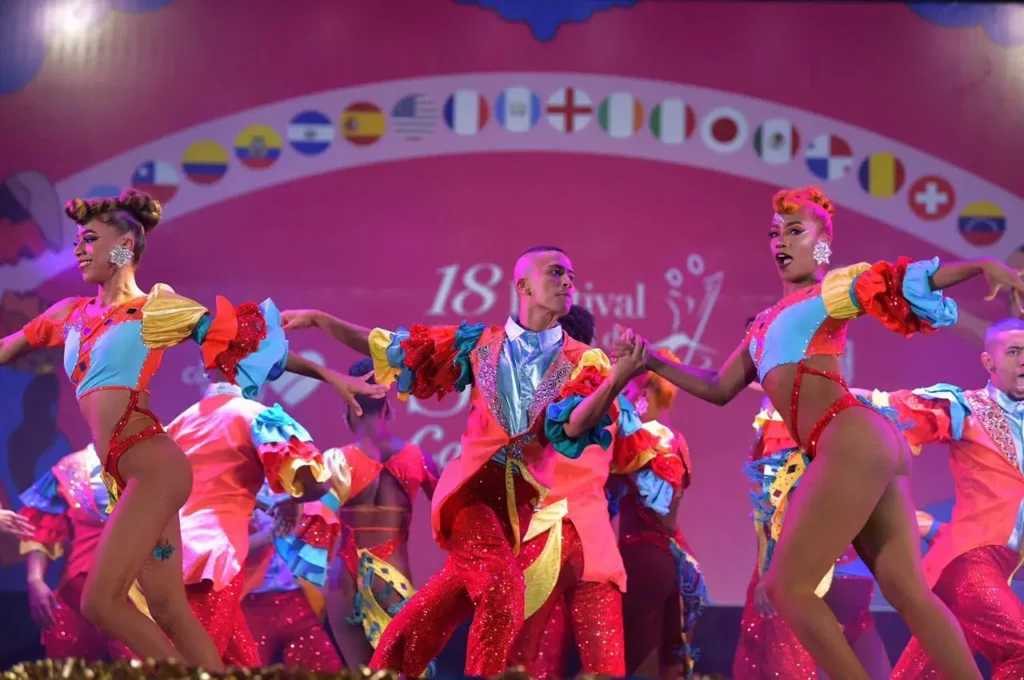
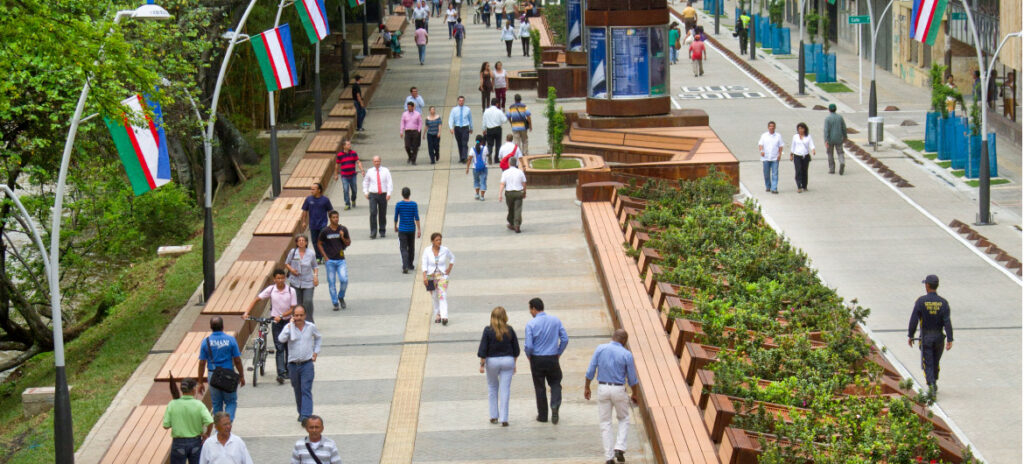
Currently, 2.28 million people live in the capital of the department, according to recent censuses, in a territory organized into 22 communes and 15 townships located in the rural area.


Secretaría de Turismo: Avenida 2N # 2N-22
Lunes a viernes de 9 a.m. a 12:30 p.m. y de 2 a 5 p.m.
Centro Cultural: Carrera 4 con calle 6 Esquina
Lunes a viernes de 9 a.m. a 12:30 p.m. y de 2 a 5:30 p.m.
Colina de San Antonio: Carrera 10 con calle 1 oeste
Martes a domingo de 10:30 a.m. a 12:30 p.m. y de 2 a 5:30 p.m.
Terminal de transporte: Calle 30N #2AN-29
Lunes a sábado de 9 a.m. a 12:30 p.m. y de 2 a 5 p.m.
Zoológico de Cali: Carrera 2a oeste
Martes a domingo de 9 a.m. a 12:30 p.m. y de 2 a 4:30 p.m.